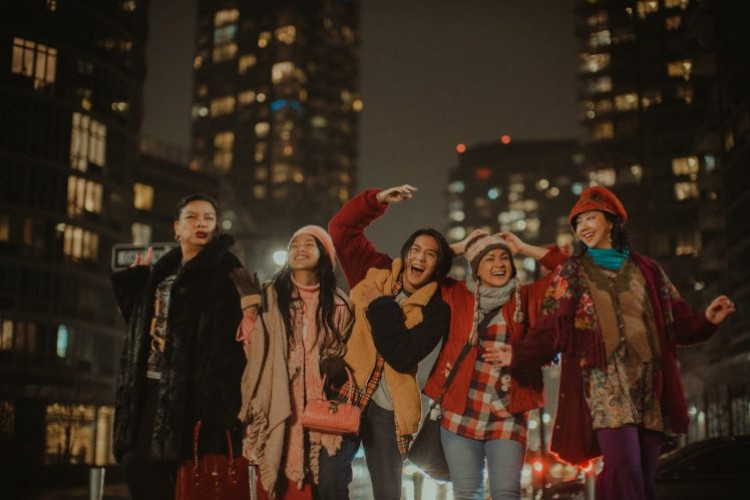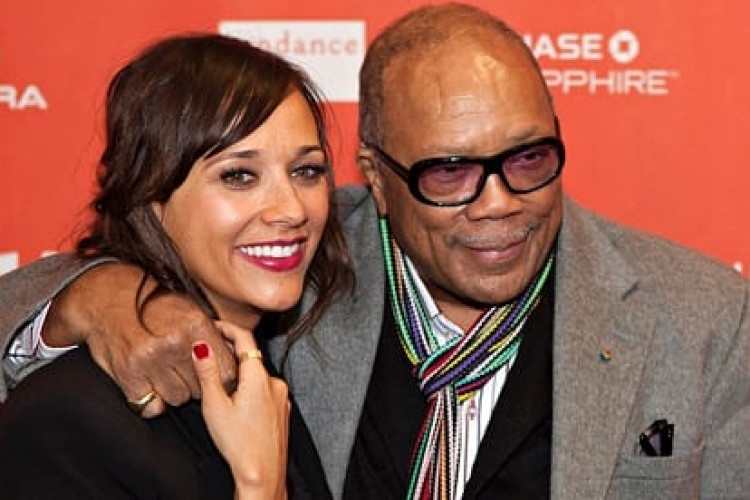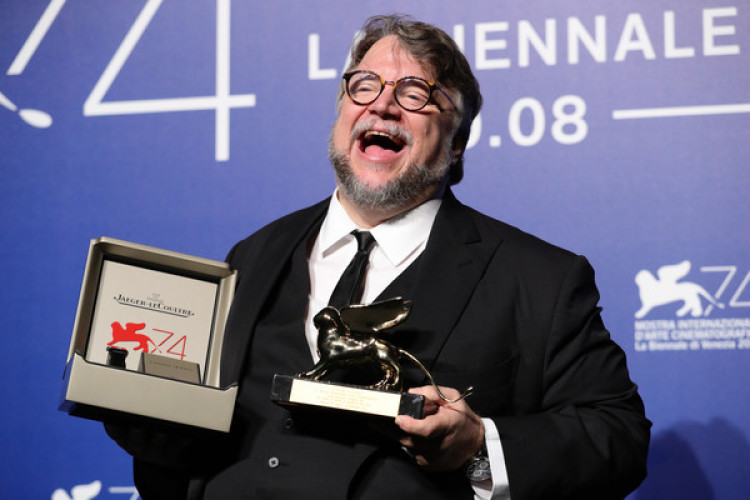Holistic Design with Paulus Mintarga
Mariati Galatio (M) talks to Architect and Designer Paulus Mintarga (P).
by Ken Jenie
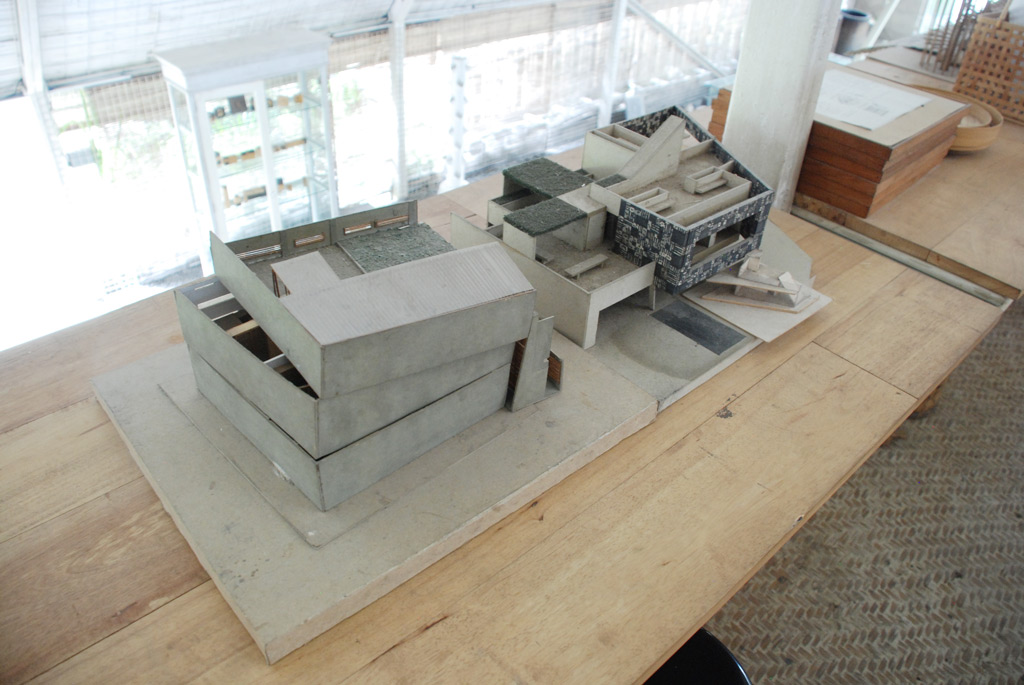
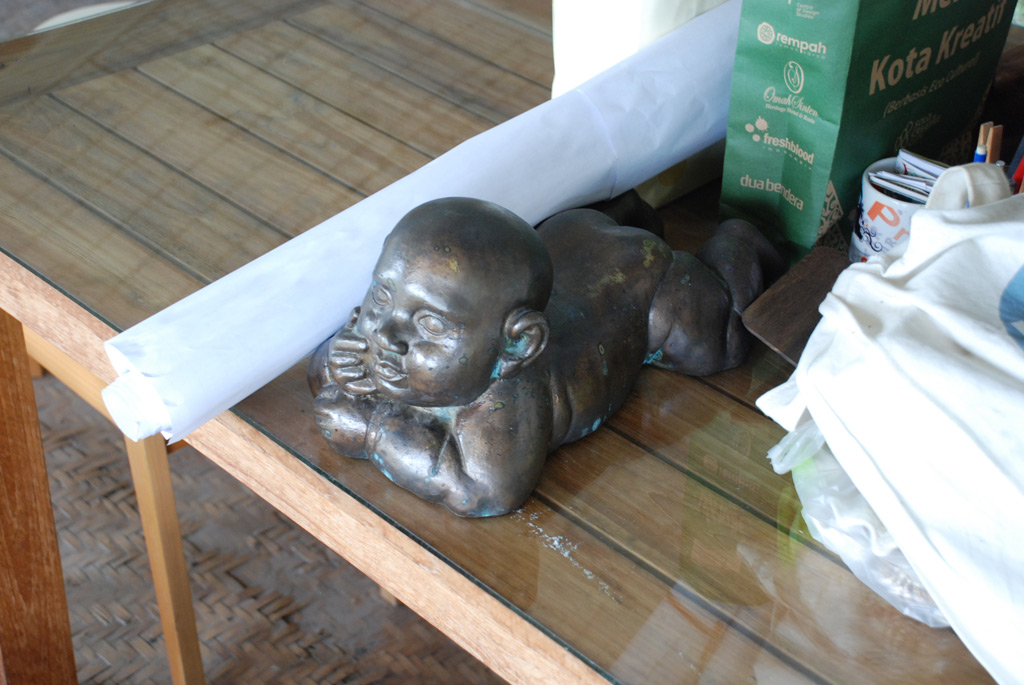
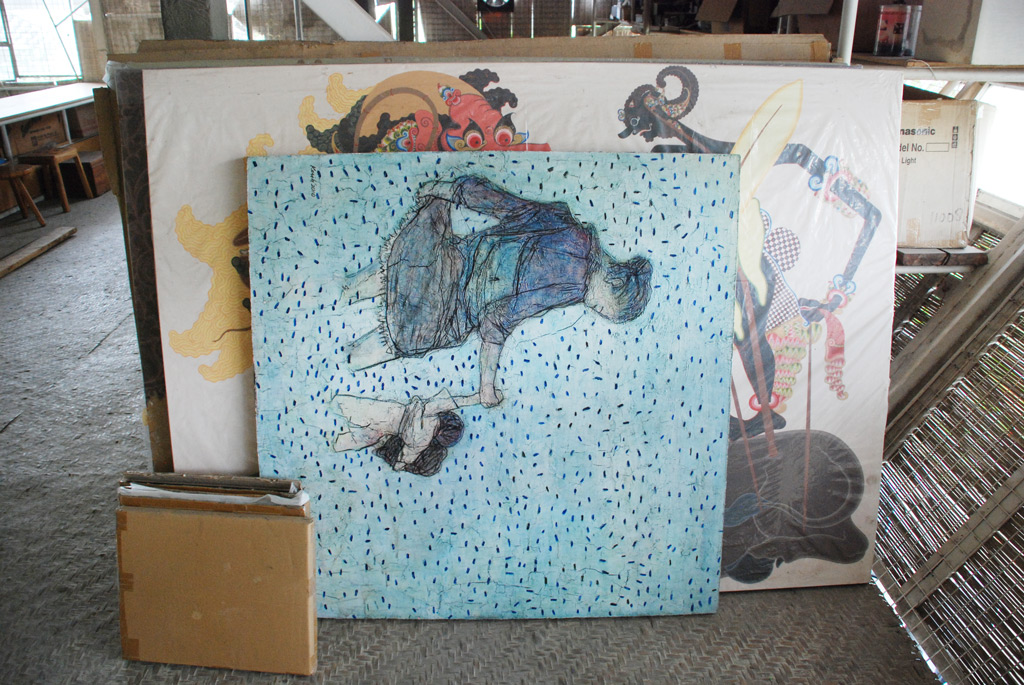
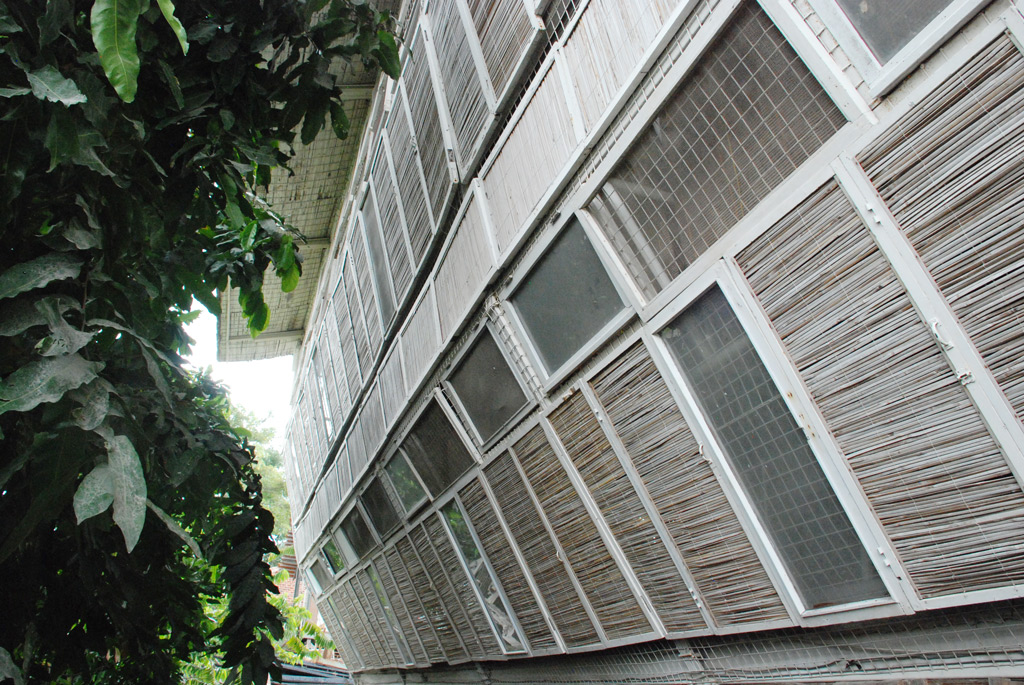
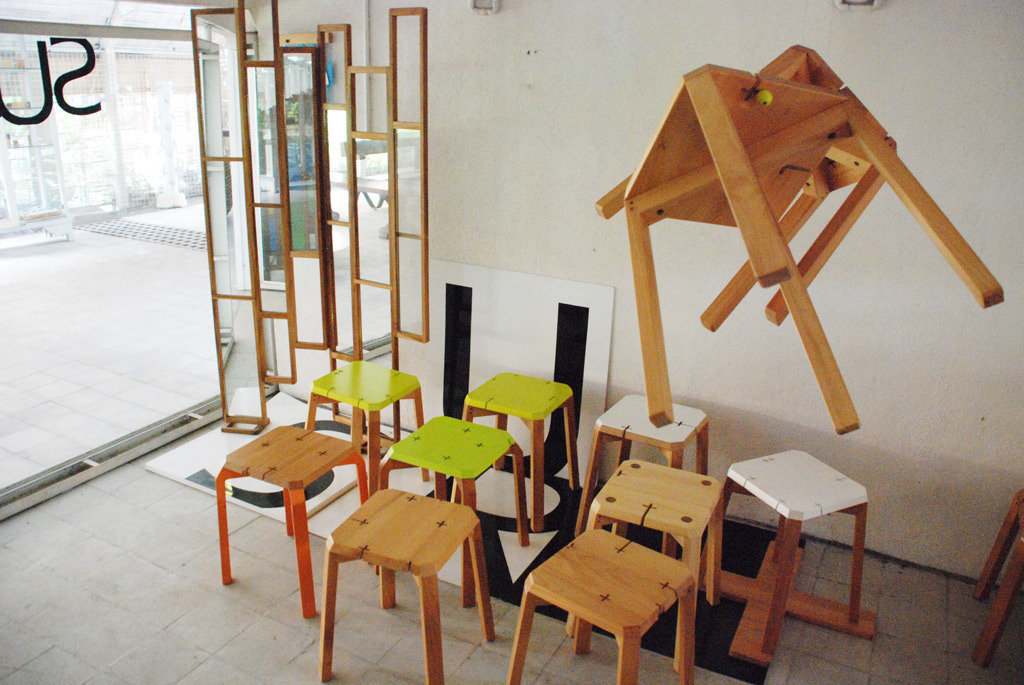
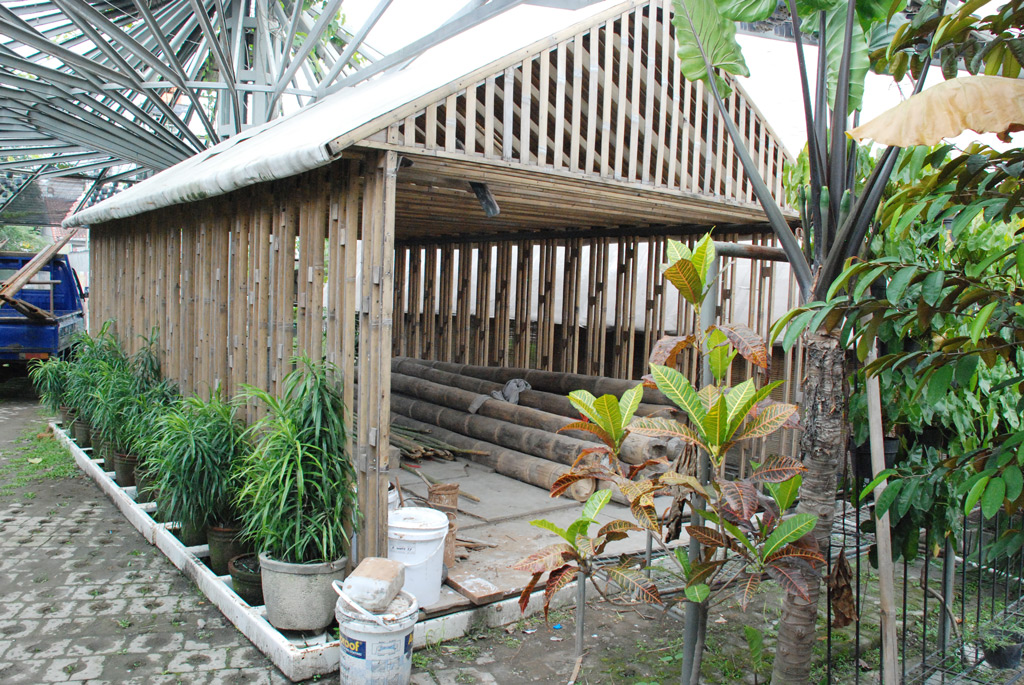
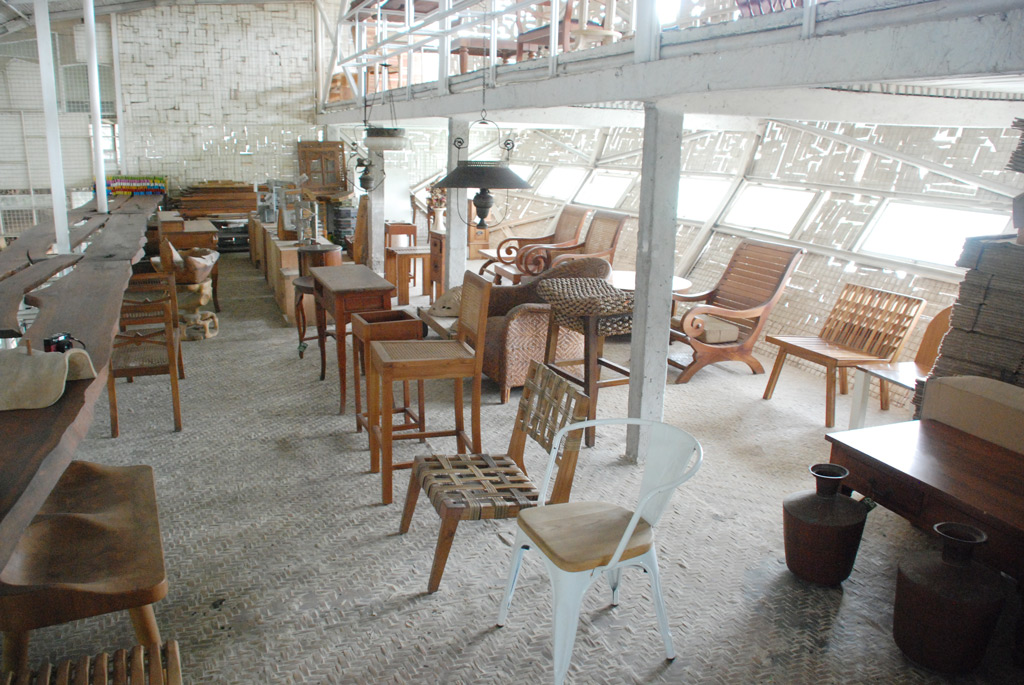
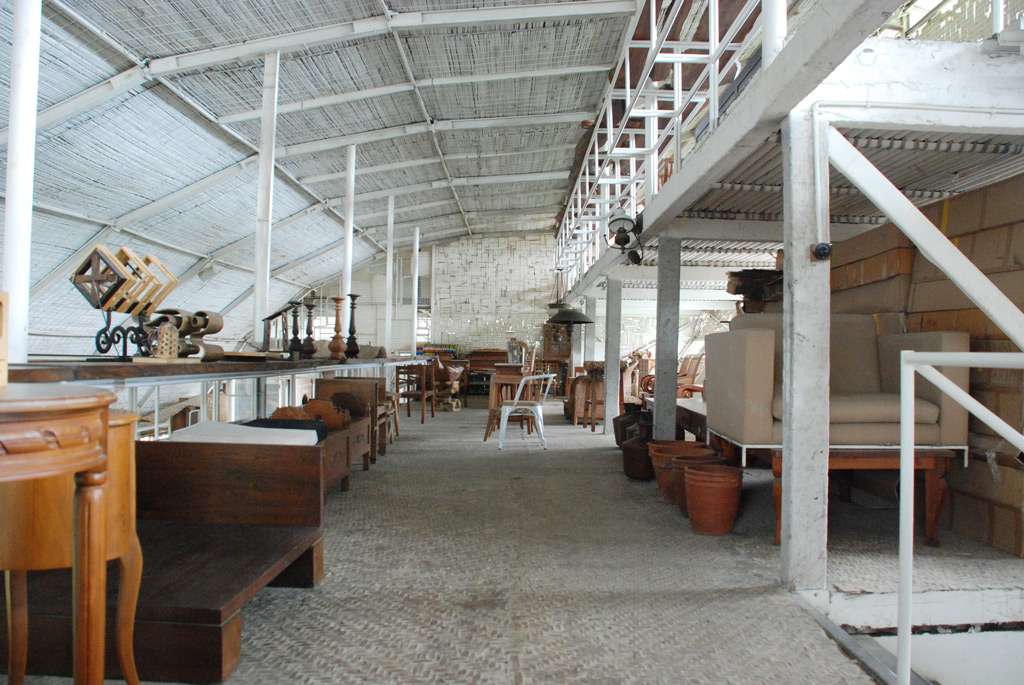
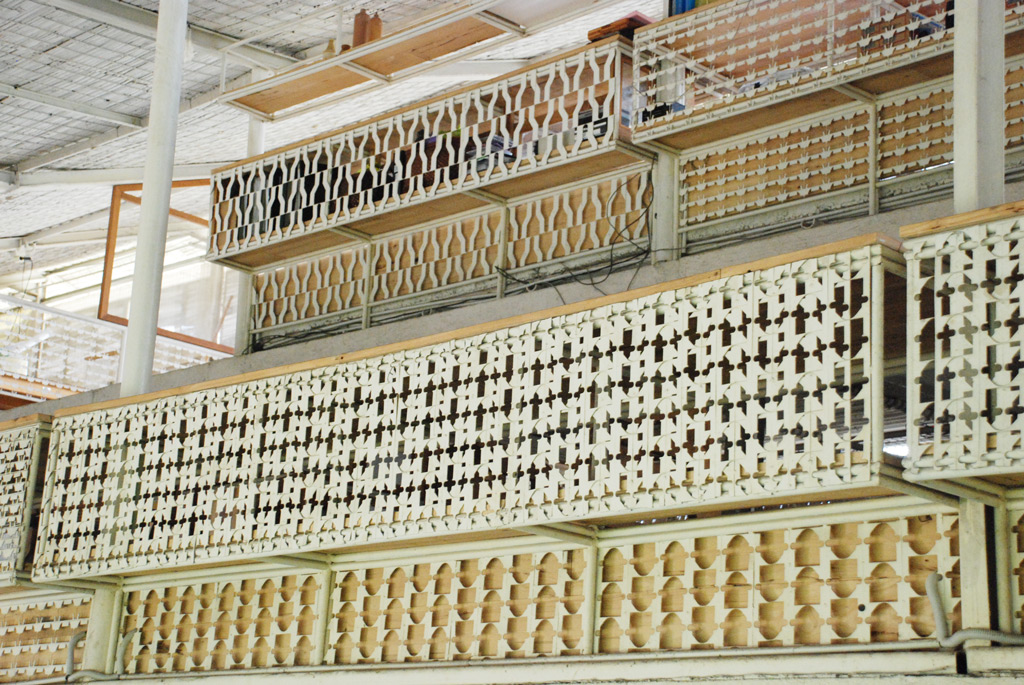
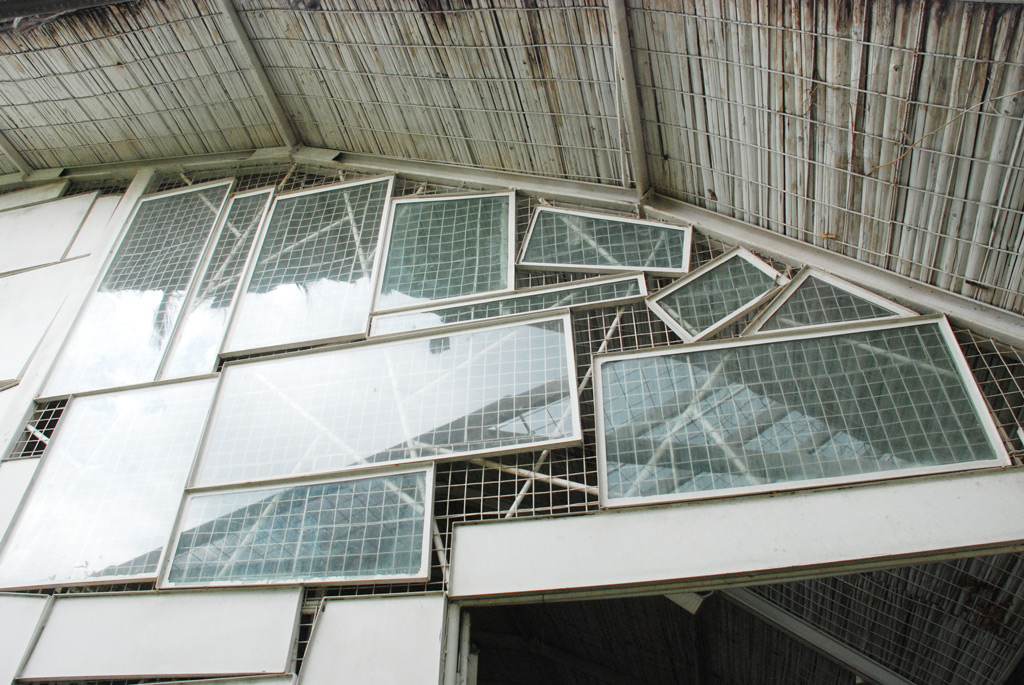
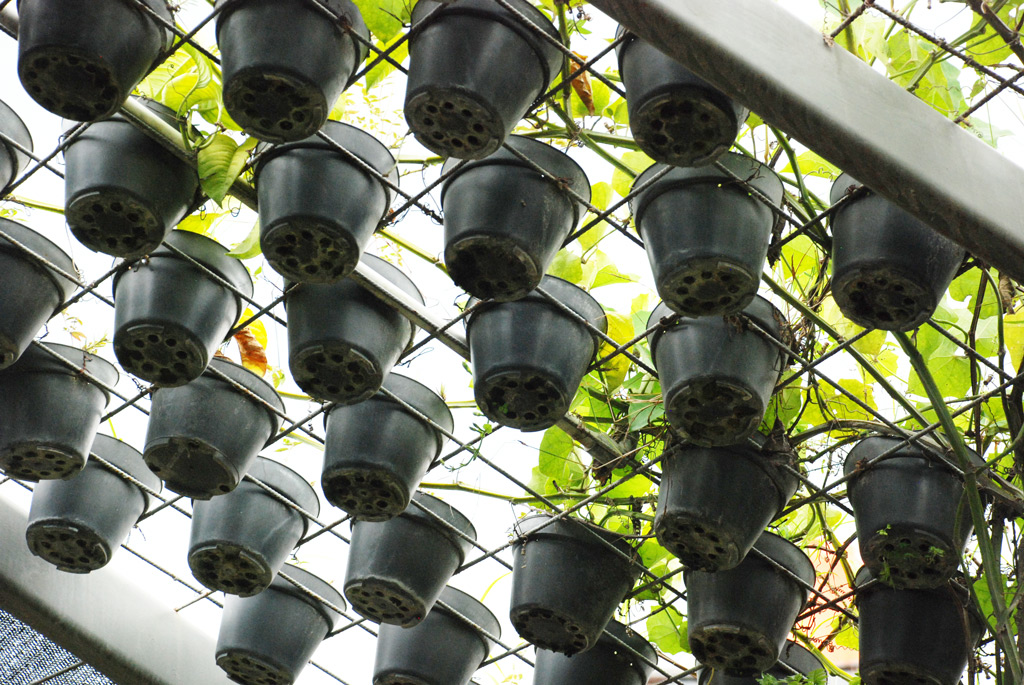
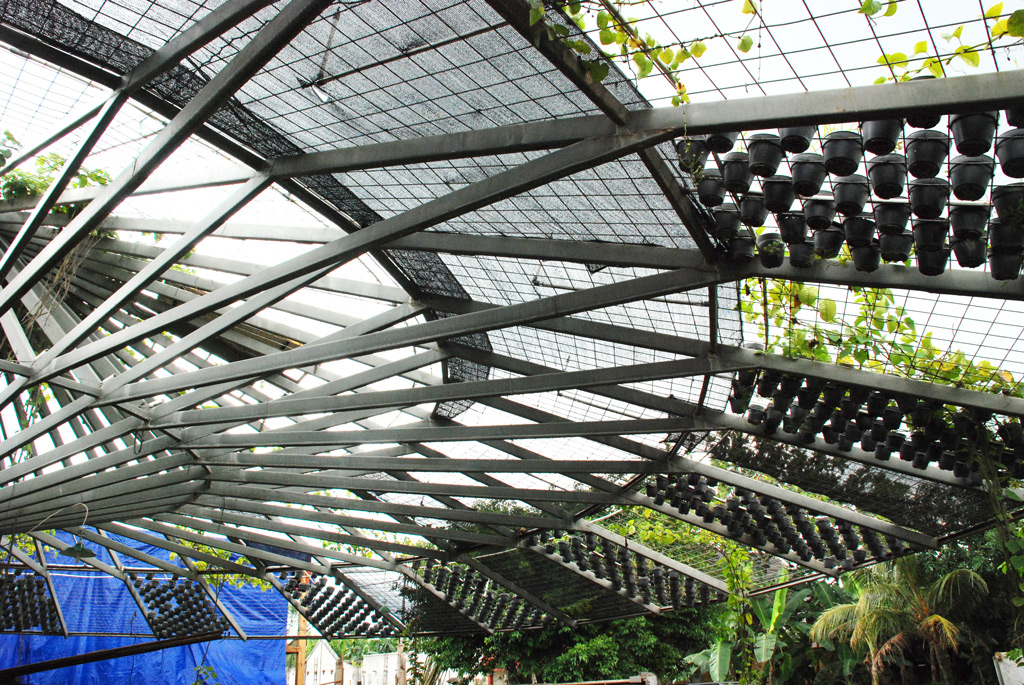
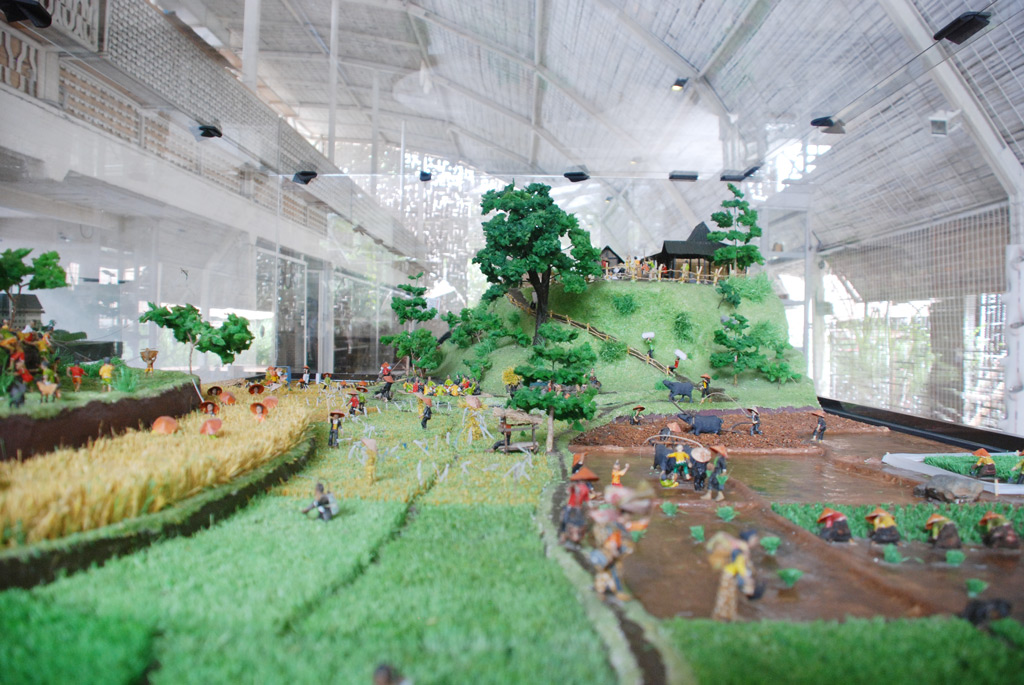
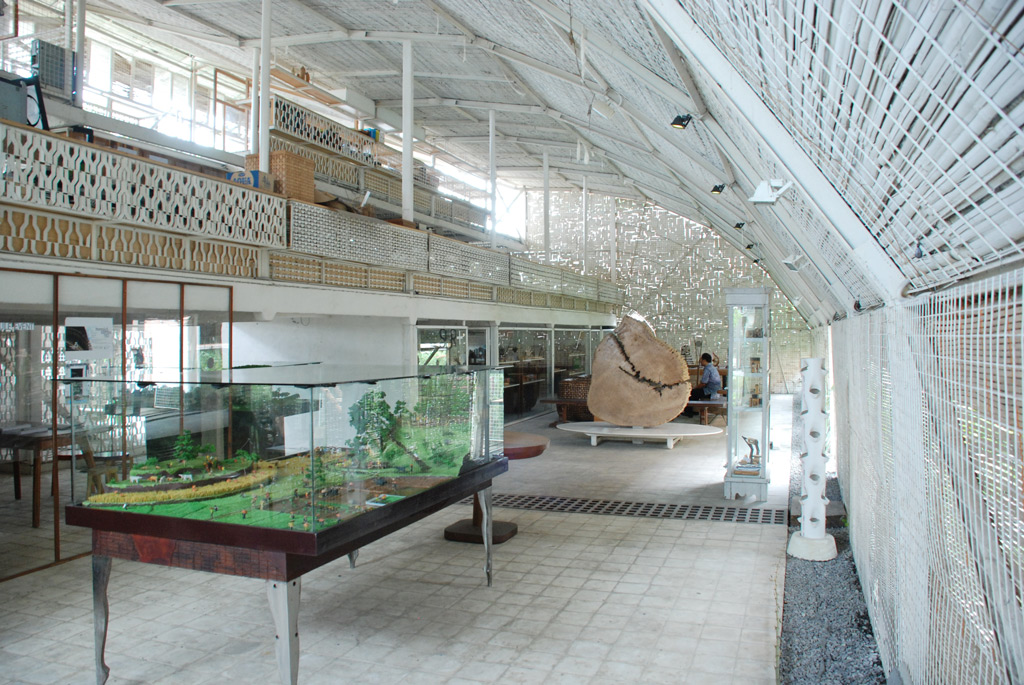
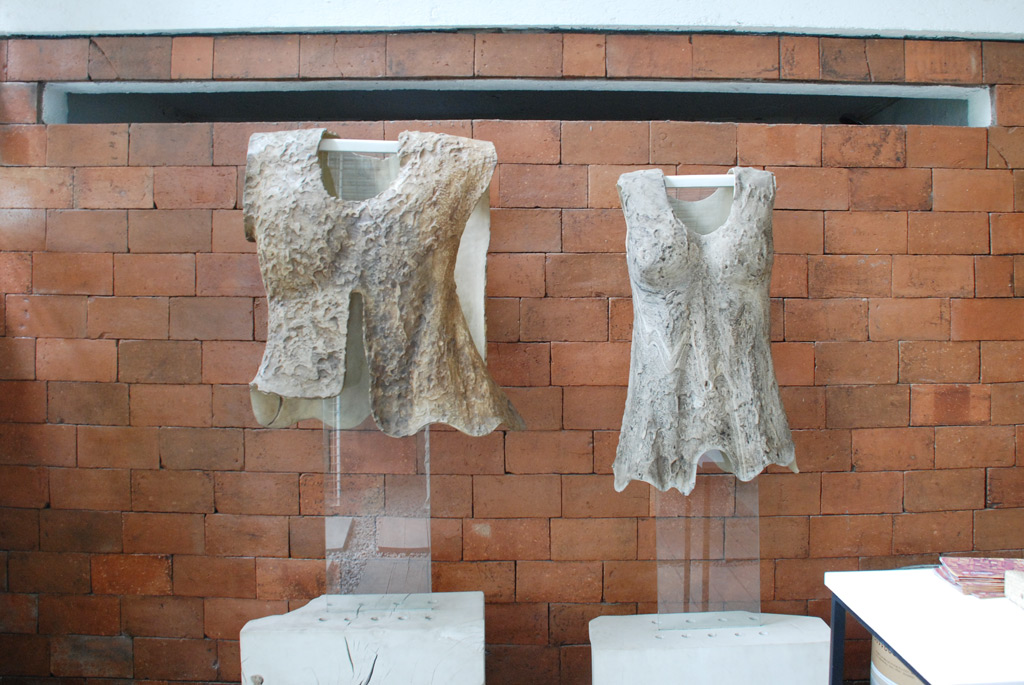
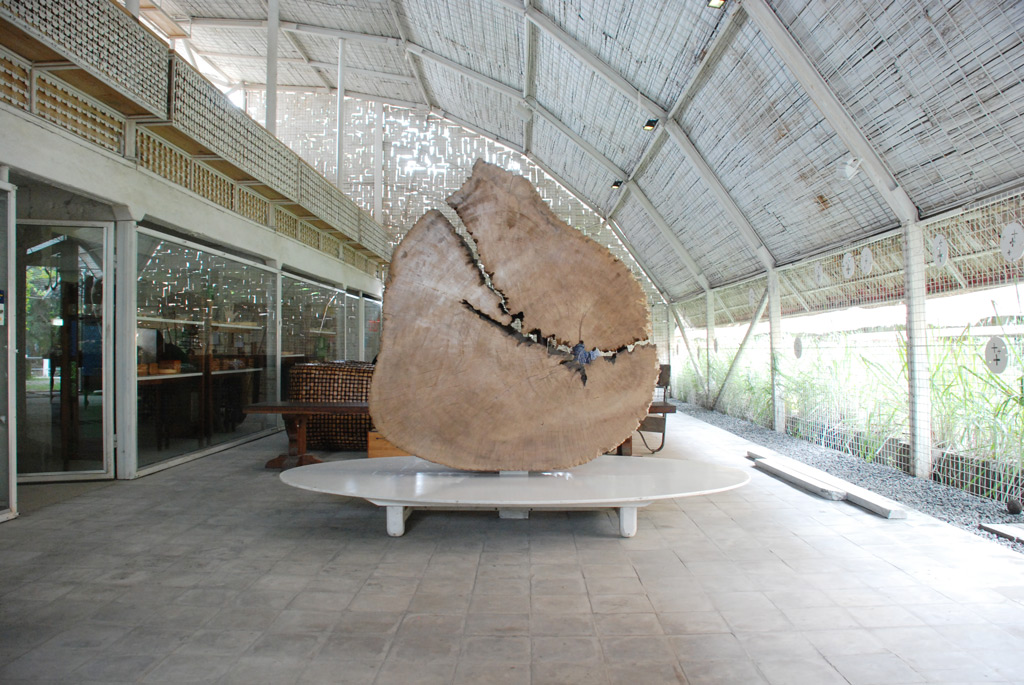
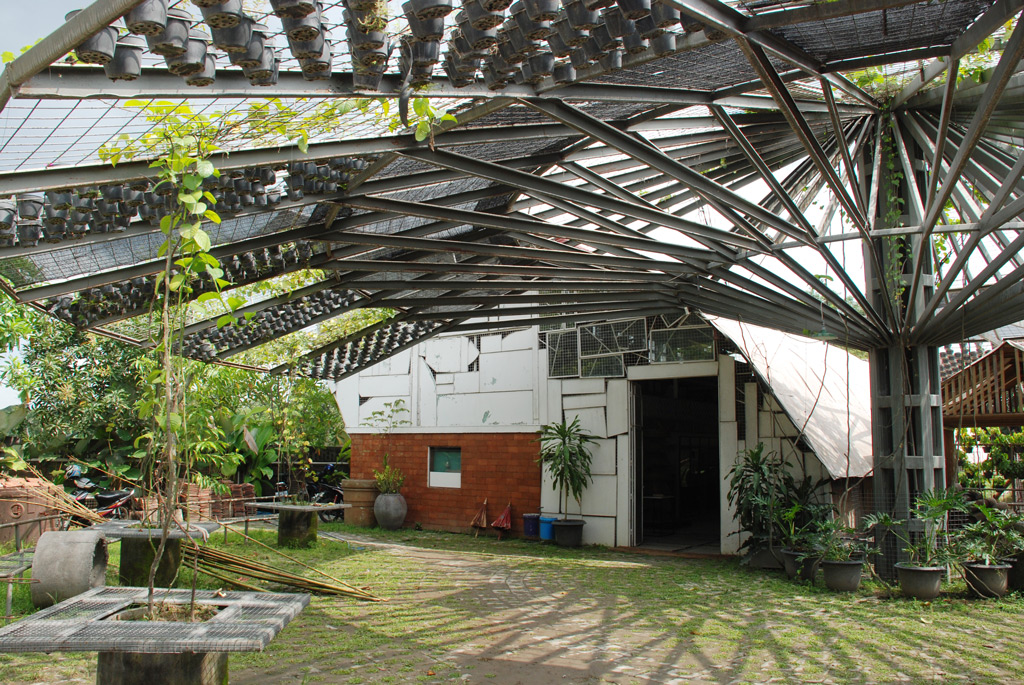
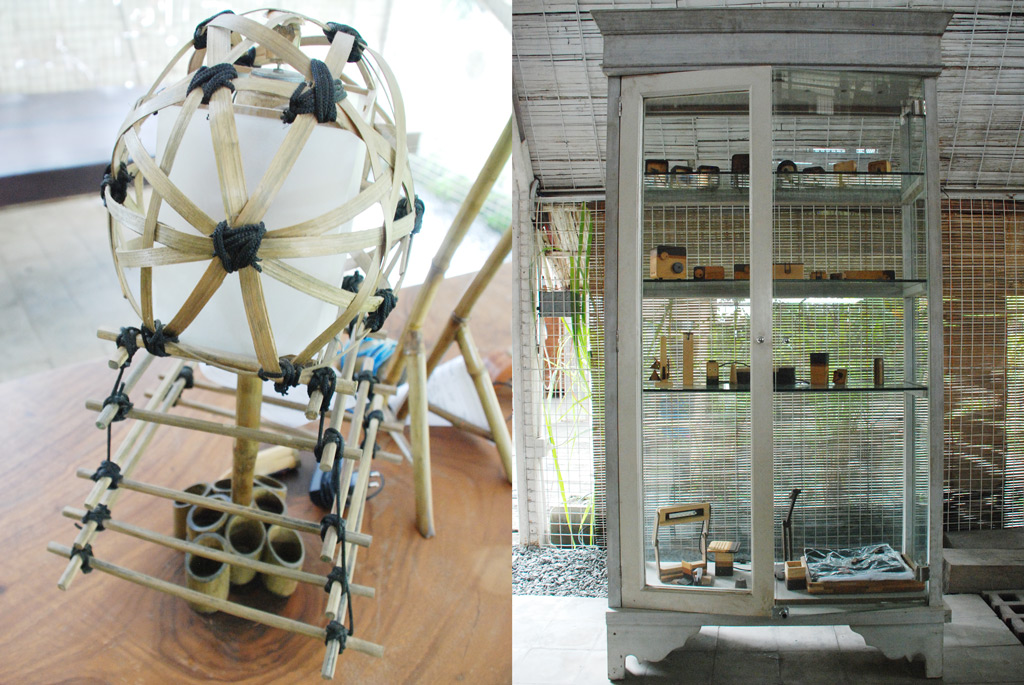
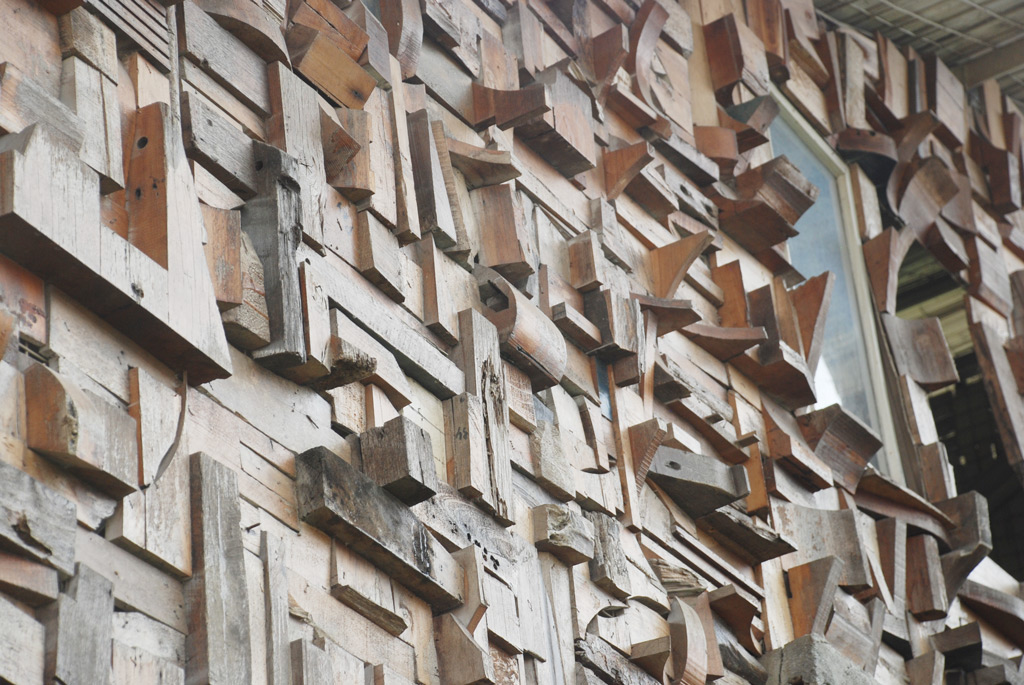
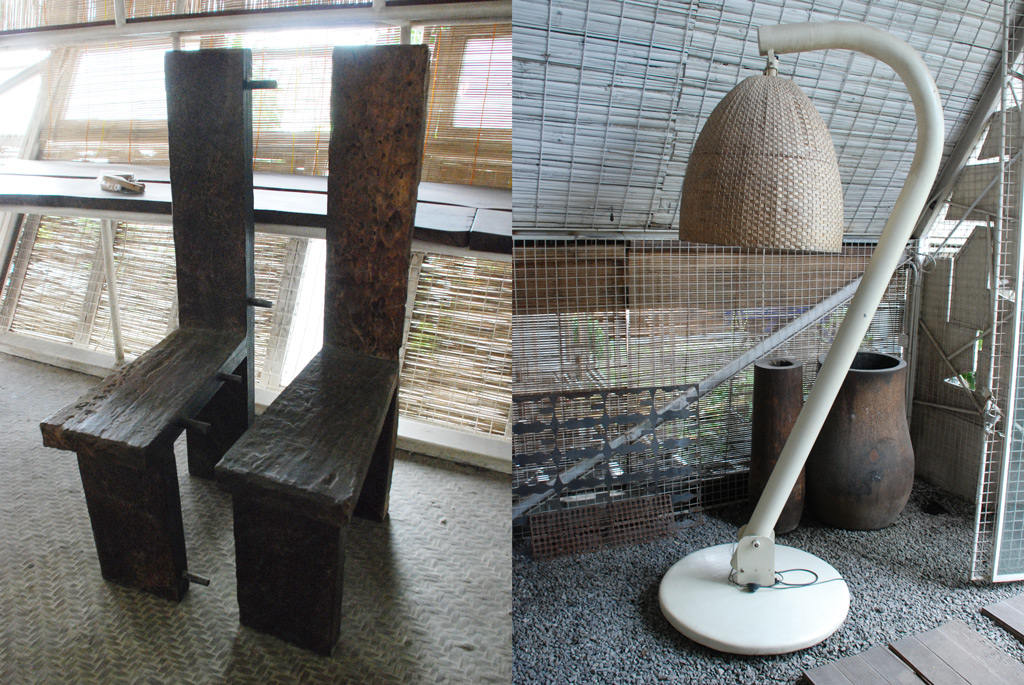
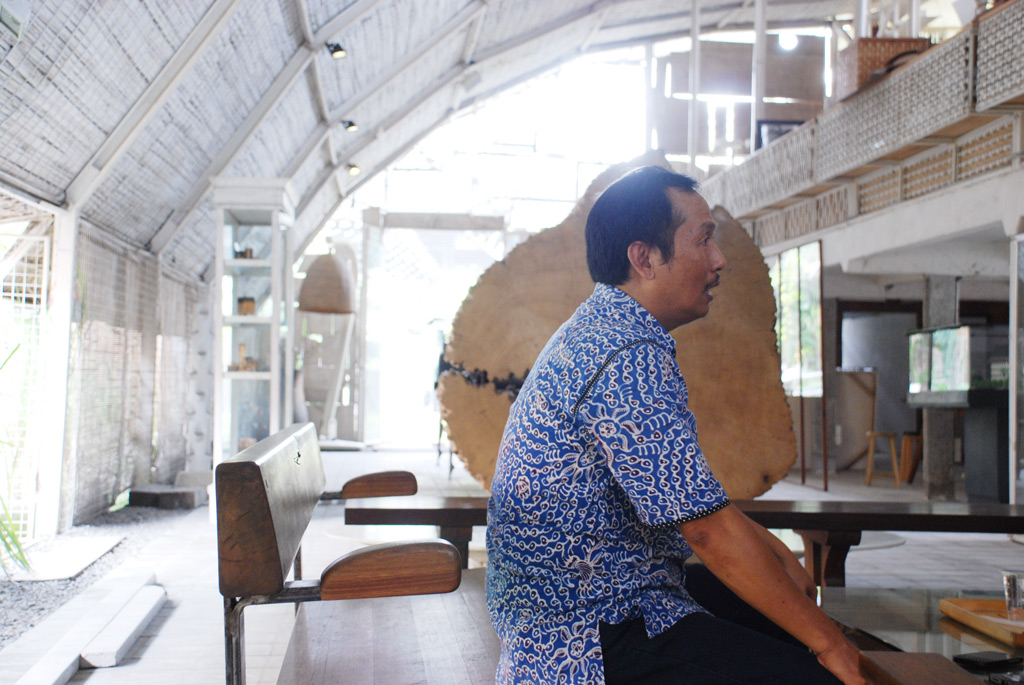
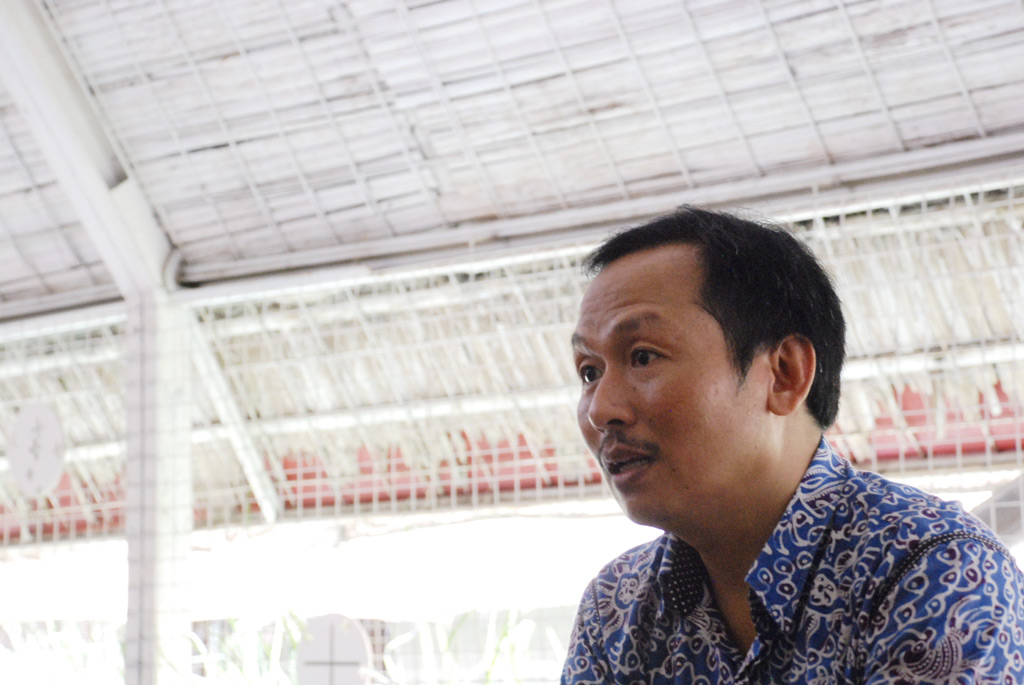
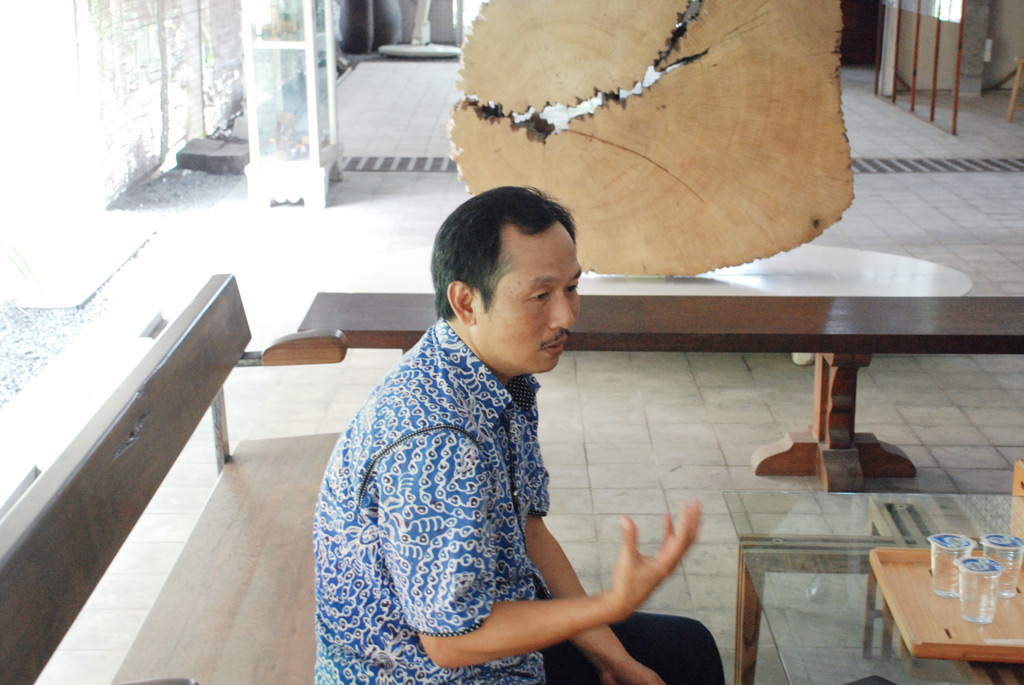
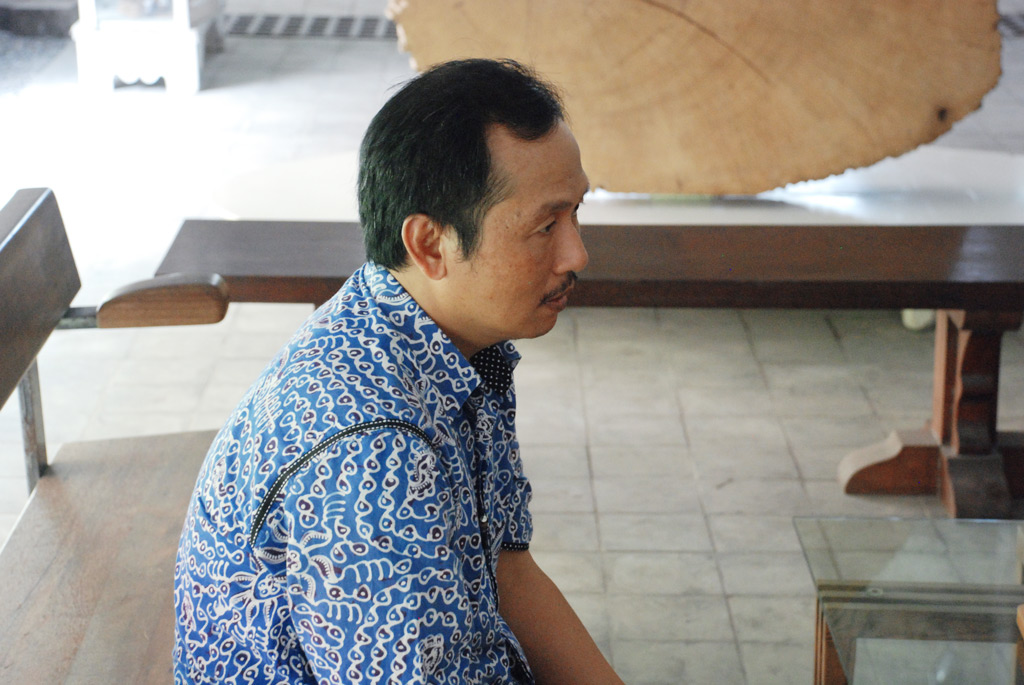
M
Could you tell us a little bit about your background, and how the Rumah Turi started?
P
I am originally from Solo, and I studied Structure Engineering. I have worked as a contractor in Jakarta. While working I made friends with architects. I have always been interested in details, particularly in the field of design, and when my architect friends did studies abroad I would accompany them. One particular visit, Japan, was inspirational for me. We stayed in small alleyway houses in various remote villages, which was surprisingly comfortable due to the buildings’ designs.
At the same time, my younger sibling bought property in Solo that he wanted to turn into a boarding house. I suggested that he turn it into a homestay of sort after my experience in Japan, and he agreed.
At first, we were simply going to renovate the building, but after finding out how some sections of the house was not safe and not sustainable we needed to replace much of the structure.
I have always been interested in material, particularly using locally available material and recycling. There was an earthquake in Yogyakarta, and it demolished the Sheraton’s roof. Through an agent, we bought the discarded wood and roof tiles and replaced our roof with theirs.
M
Rumah Turi calls itself an Eco-Boutique Hotel. Could you tell us what the definition of Eco Boutique entails?
P
When we first made Rumah Turi, we did not call it an eco-boutique hotel. The only thing we were concerned about was to make the environment to be energy efficient using materials that were available to us in Solo. We did have a passion and curiosity in recycling, and experimented with things such as reprocessing wastewater for the plants in the garden. Many of the visitors were impressed with our recycling system and mentioned to us that what we made was eco-friendly.
This was a new idea for us. When we designed Rumah Turi, we were concerned with saving energy to create an establishment that was efficient in the long run.
M
Does this eco-friendly philosophy also apply to your personal life?
P
I do not want to be trapped by the concept. If I were to do it, it would be for a specific reason – what ever that may be. It is the same with my work. For example, we are currently working on a hotel in Yogyakarta based on the same philosophies of conservation and efficiency. If we do not get the Greenship certification then so be it. There has to be a freedom. I do not want the projects to be trapped by the criteria because it can limit your exploration.
M
You seem to really love freedom, you’re an autodidact architect, and you do not want to be limited by criterias.
P
I want to learn because there are many things that I do not know. None of us know whether or not we will enjoy activities until we try them. After attending a workshop by USAID about green design, I concluded that the green concept is based on efficiency, effective, and optimal considering both nature and the community’s socio-economy.
M
Would you say that Indonesians are aware of eco sustainability concept?
P
I think that is automatic. There used to be an awareness based on a personal consciousness of our condition, and now an awareness that is forced.
M
Forced?
P
There is now the GBC (Green Building Council) in Indonesia, which is modeled after the US Green Building Council and LEED (Leadership in Energy & Environmental Design). In the US, there are incentives including tax deduction for places that meet that high standard. In Indonesia, you have to pay to apply for receiving a certification and being able to market yourself as an eco-friendly establishment. Many are forced to get the certification because they would like to have the ability to market themselves.
M
You are an autodidact architect. Would you say that your perspective differ from architects with formal schooling?
P
Indonesia was recently involved in the Venice Biennale for Architecture – Avianti Armand, Setiadi Sopandi, etc. They toured Indonesia, including our establishment, and asked what my creative process was like. I explained that I see the available materials around me, measure the capabilities of the craftsmen, and see what we can do together. That is what they don’t teach in school – they told me. My friends explained that in school, it always begins with the concept.
With formal training you are given a uniformed process, and my personal studies of architecture gives me a freedom to choose where mine begins. For example, I often do not think about the shape of the structure until very late in the process – the outcome is a result of using available resources efficiently.
Each step of the construction process opens up new possibilities – it’s like jazz improvisation where each note a musician decides to play contributes to a unique composition.
M
Do you feel there is a difference in your designs now compared to when you first began?
P
I believe that it’s a logical evolution that happens. With every project I am involved in, I gain knowledge that shapes my perception of design. Design allows you to convey a message, and by learning different mediums we learn different ways of communication. Whether or not one has formal education, we are all doing the same thing in the end.
M
What would you say is the relationship between people and space?
P
Spaces are made for humans, hence it is designed with the human scale in mind. Often times in architecture, the concept of time and space is discussed, which is another understanding. Space can also signify time based on its designed – as in the design of space is an indicator of the time it is made. Context is the determining factor in designing a space – who, what, when, where, and why.
M
You have said that design not only impacts the environment, but also the surrounding community. Could you explain this in regards of your work? Perhaps Rumah Turi?
P
To be honest, as Rumah Turi was one of our first projects and the impact it made to the community was not part of its initial concept. With our current project in Yogyakarta, we are considering the social impact of the hotel. Firstly, we plan to create a property with an internal waste management so as to not pollute the surroundings. Secondly, the area in which we are planning to build our hotel already have a lot of homestays whose rate are about 200,000 rupiahs a night. Our consultant operator suggested that we can run the hotel with a rate of, let’s say, 290,000 per-night. Knowing this, I would like our facilities to have a rate of 400,000 rupiahs or more. I would like our establishment to not go head to head with the locals’ – we should be a positive addition to the community.
M
In an interview with Ruang 17 you said “… be careful not to be trapped by your ego, the result of your work will only be shallow and on the surface.” Could you explain what this ego is in architecture?
P
It is when an architect is no longer in control, is illogical and unclear in their ideas, as well as creating difficulty with the people you work with. When your personal design aspirations are unrealistic, the design no longer serves a purpose other than your own.
M
Is this based on your experience as a contractor? Having to deal with the egos of architects? [laughs].
P
[laughs]
M
In your experience, where do you find the balance between the ego, the locality, and the potential?
P
It is simply an awareness – and that goes for everything. We have to be honest with ourselves. When you paint with honesty, you can see it in the brush strokes.
M
Aesthetically, what are your influences?
P
Visually, I am not too interested in architecture. I read many design magazines and find that architecture lacks freshness – it is often the same idea over and over again.
For me personally, I would rather be inspired rather than admire. When the Kimbell Art Gallery was being constructed, the museum director said to Louis Kahn (The Architect) “the museum is almost finished, I hope it will be good.” Louis Kahn replied with something along the lines of “of course it will be good, I wouldn’t have made it otherwise.” I find his reply very interesting. He knew exactly what he wanted to make and what the end result will be like – he designed with purpose. This doesn’t mean we should design like him, but his philosophy towards his work. Don’t copy his work, copy his approach to his work.
M
Is there anything you would like to add that we have not discussed?
P
Nothing too specific – just remember to be yourself. Understand yourself before attempting to understand what’s around you. When apprenticeship was still the norm, a good mentor would teach nothing but discipline to his students because it is the basics that need to be taught. This creates awareness from a student, and this understanding is what we need. Each individual is different, and we all have potential, so we need to understand ourselves in order to understand our role in the world.








